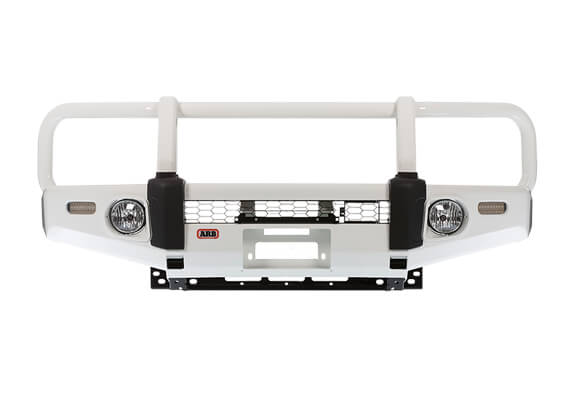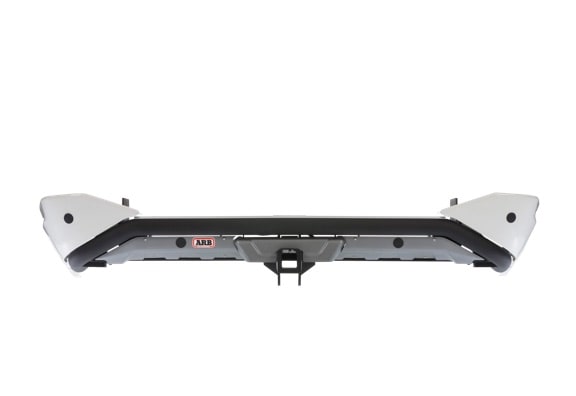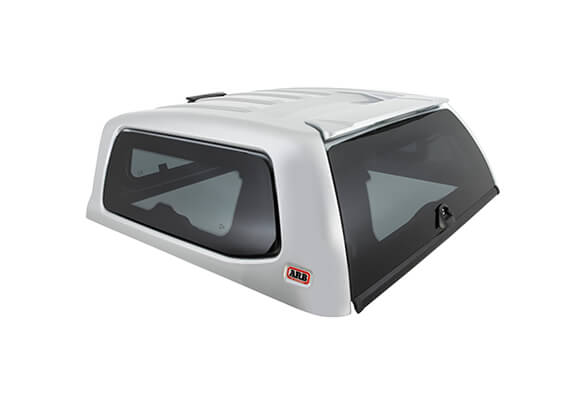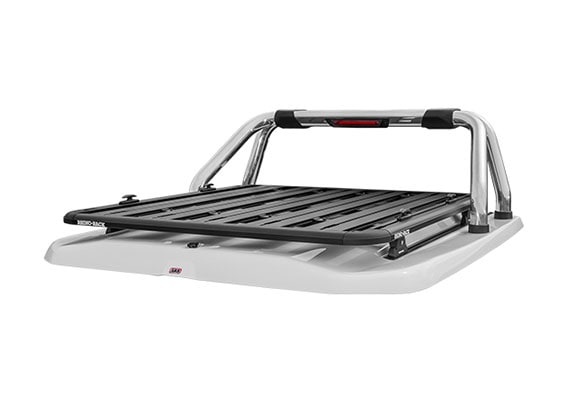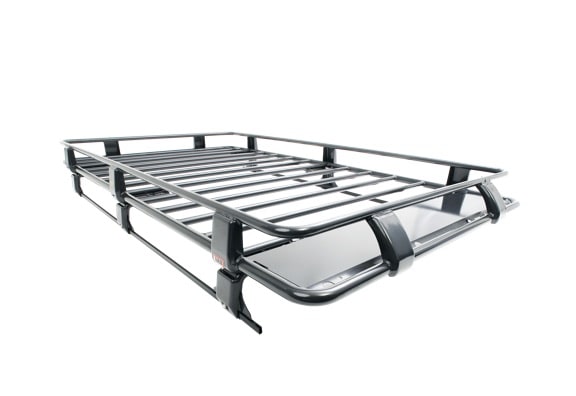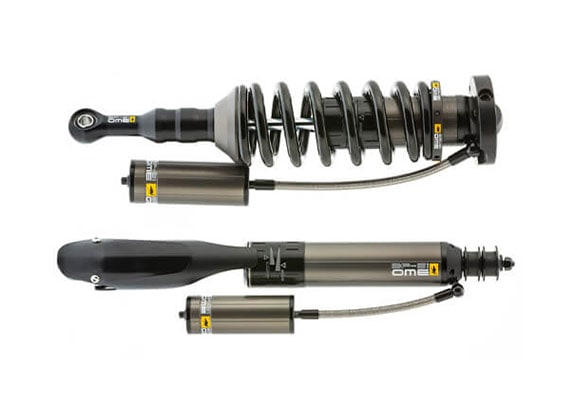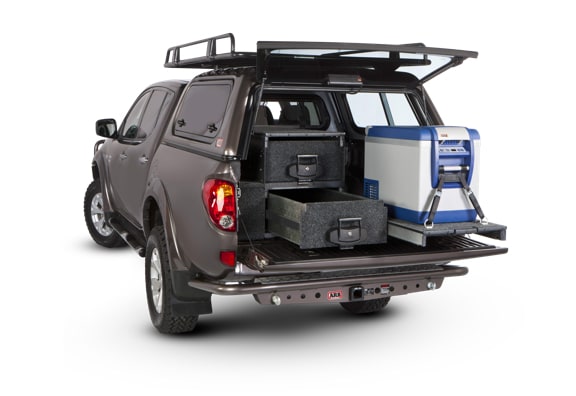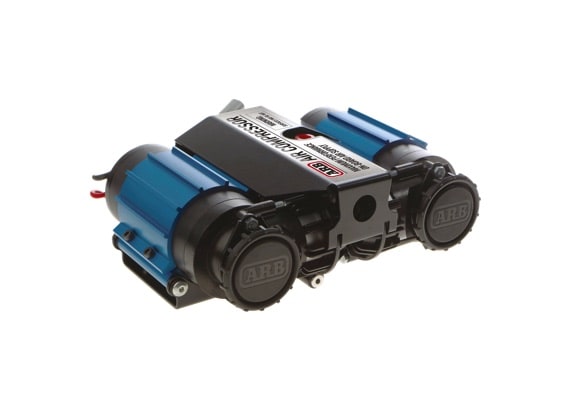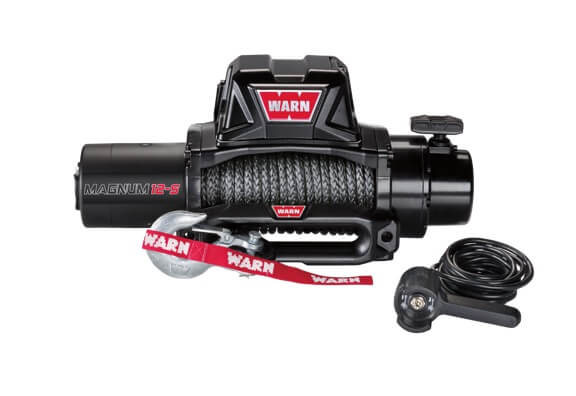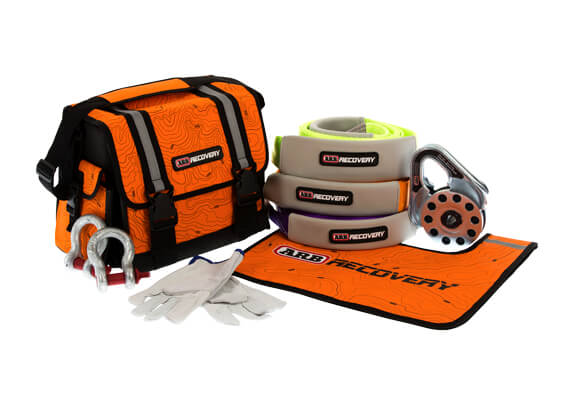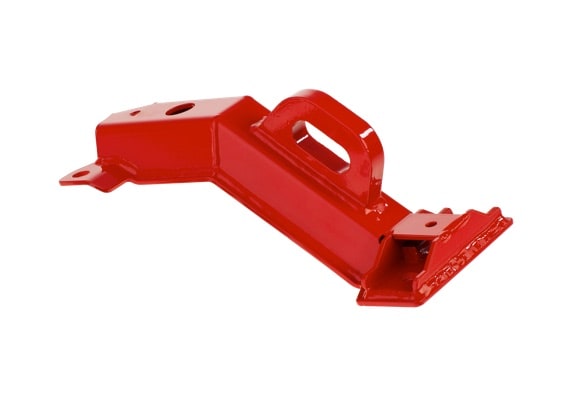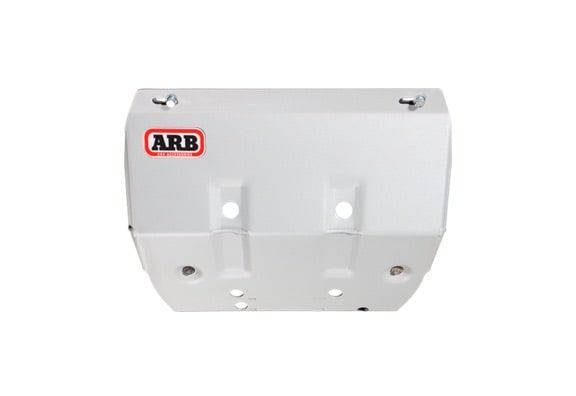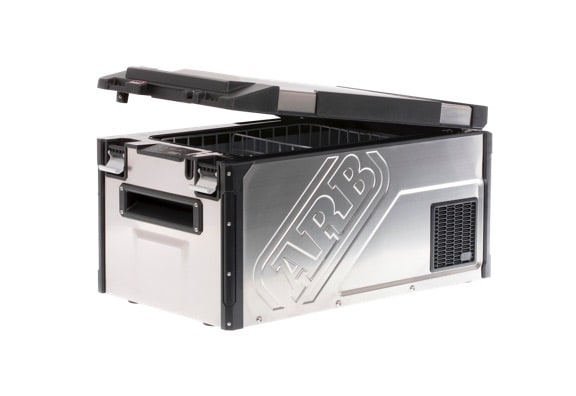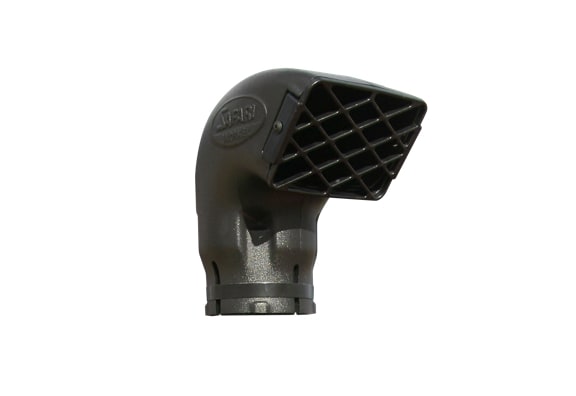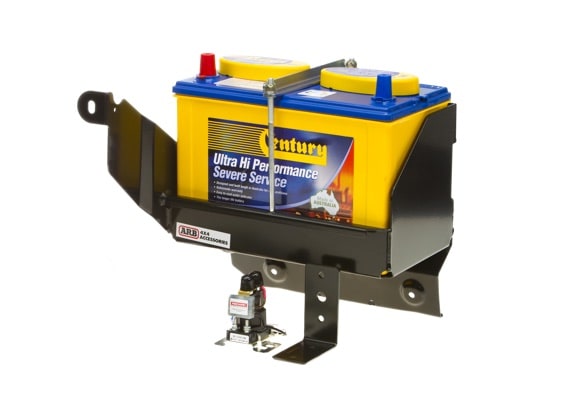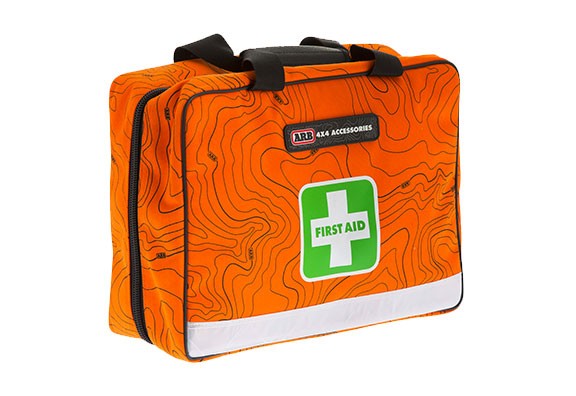China ’s traffic accident rate is consistently ranked among the top three in the world and it is still high. On rainy days, we often see traffic accidents such as vehicle rollover and rear-end collision on the road. In such severe weather conditions, it is not only the driver's operation that is tested, but is it not a difficult test for the performance of the vehicle? Today, Xiaobian will introduce how to brake is most effective from the perspective of vehicle braking. Why do some drivers fail to stop the car?
Can't stop the car for many reasons
In some cases, the driver responded that the braking distance of the vehicle was a little long, and it became even worse in rainy weather. Behind the vehicle can not stop the car, in fact, there may be problems in these areas: First, the brake system lacks the necessary maintenance, the brake master cylinder has too much impurities, the seal is not tight, the vacuum booster pump fails, Dirty brake fluid or mixed brake fluids will cause air resistance, leakage of brake master cylinder or sub-pump, leakage of gas tank or pipeline connection. The brake system also requires regular maintenance work. The brake system can be self-checked. During the vehicle's travel, the brakes must be re-applied. If the vehicle shakes back and forth, it is normal. If the vehicle shakes left and right, it means that the vehicle's There is a problem with the brake system and it needs to be checked and repaired immediately.
If the brake does not rebound or does not rebound quickly after the brake is pressed, it is a problem with the brake fluid and the brake fluid needs to be replaced immediately. If the brake pedal feels soft, and the braking effect becomes worse, and the braking distance becomes longer, the brake master cylinder has entered the gas.
If the vehicle cannot be braked, it may also be caused by improper operation of the driver. The improper operation may cause failure of the components. For example, the prolonged downhill may cause frictional heating of the brake pads, carbonization of the brake hub, and complete failure of the brake function. The braking methods used in different sections are different. When descending a long distance, you cannot step on the brakes all the time, and the consequences will be serious. This is not unfamiliar to drivers who often walk on mountain roads. This condition is academically known as brake thermal decay. In simple terms, the vehicle is stepping on the brake for a long time while driving, and the brake will become very strong at this time. What's more, the brakes will fail directly.
If there are too many goods or items stored in the vehicle or even overloaded, the braking effect of the vehicle will be greatly reduced. We all know that the inertia of an object is related to the mass of the object. The mass of the vehicle itself is already very large. At this time, if there are too many items or overloaded, the inertia of the vehicle will greatly increase, which will also cause the braking distance of the vehicle to become longer. .
The previous article explained the most typical reasons why a vehicle cannot brake. Every day, the driver can perform a self-check while driving to check whether the vehicle shakes properly and whether the brake pedal feels the same as before. These most obvious problems can be discovered through self-examination.
Therefore, every driver should always pay attention to the brake conditions of the vehicle, conduct self-inspection on time, and immediately handle the repairs when problems are found. Keep the car tidy and reduce the placement of items. If you can do these things, braking will no longer be a problem.

 English
English



